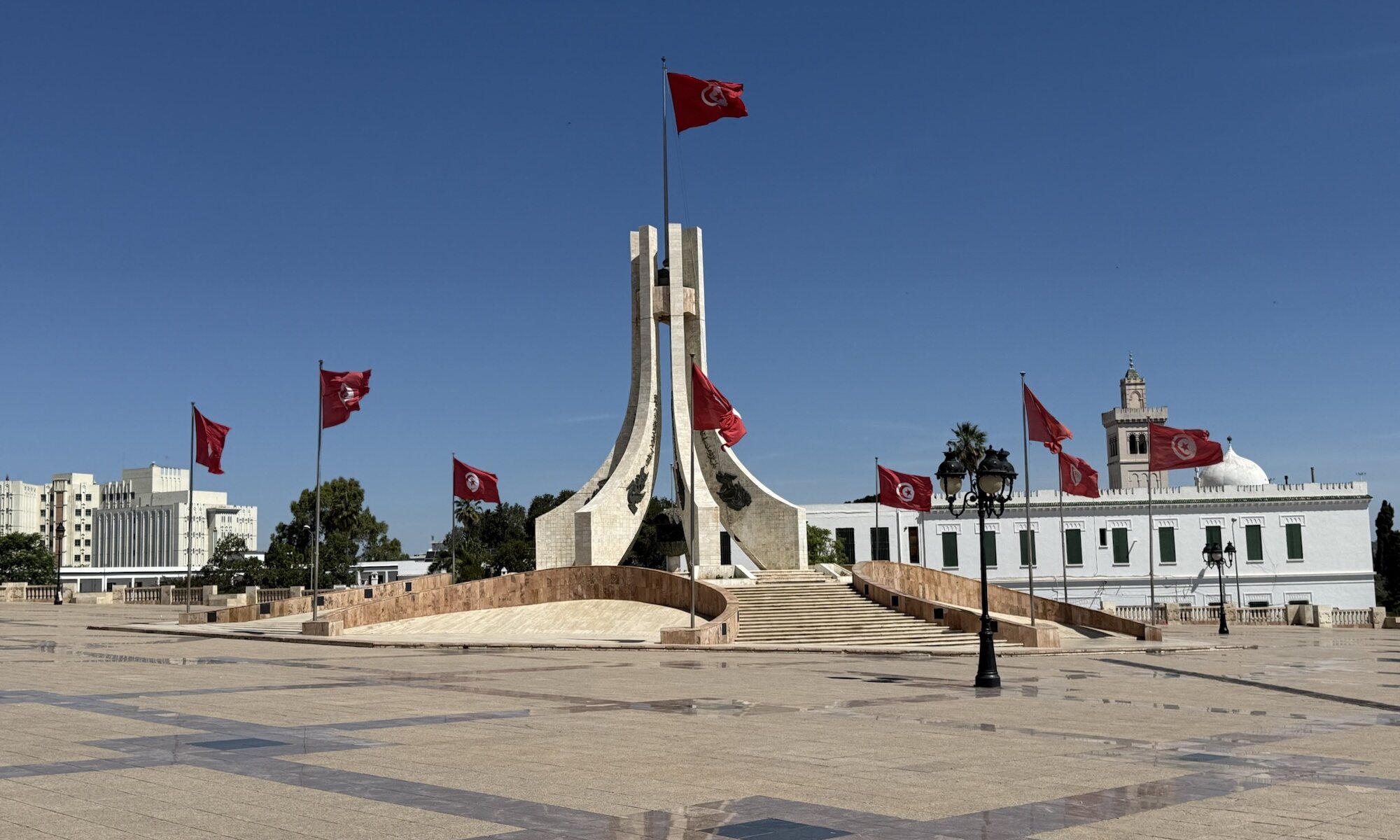The Jasmine revolution in Tunisia was a pivotal event that ignited the broader Arab spring movement across the Middle East and North Africa. It began in December 2010 when Mohamed Bouazizi, a young street vendor in the town of Sidi Bouzid, set himself on fire in protest against police corruption and economic hardship. This desperate act resonated deeply with Tunisians, sparking widespread demonstrations against unemployment, poverty, political repression, and corruption under the authoritarian regime of President Zine El Abidine Ben Ali, who had ruled for over two decades.
The protests quickly escalated into a 28-day campaign of civil resistance marked by street demonstrations and clashes with security forces. Despite government attempts to suppress the unrest, including police violence and arrests, the movement gained momentum. On January 14, 2011, Ben Ali fled to Saudi Arabia, marking the end of his regime and the beginning of Tunisia’s transition toward democracy. The revolution was notable for its relatively organized nature, significant involvement of labor unions, and the use of social media platforms like Facebook to mobilize and communicate.
The name ‘Jasmine revolution’ was coined by foreign media and some journalists to symbolize the uprising, referencing Tunisia’s national flower, the jasmine. This naming aligned with the trend of color-coded revolutions worldwide, giving the movement a poetic and symbolic identity. However, within Tunisia itself, the term was less popular; many Tunisians preferred to call it the ‘Dignity revolution’ (Thawrat al-Karāmah) to emphasize the struggle for respect and human rights rather than a floral metaphor. The name ‘Jasmine revolution’ also reflected a desire to frame the revolution as peaceful and hopeful, contrasting with the violence experienced during the protests.
The Jasmine revolution’s success in ousting a long-standing dictator and initiating democratic reforms made Tunisia a unique case in the Arab spring. It inspired similar uprisings in other Arab countries, although outcomes varied widely. Tunisia’s revolution demonstrated the power of grassroots mobilization and civil resistance in challenging entrenched authoritarianism and highlighted the role of social media and international attention in modern political movements. Ultimately, the Jasmine revolution stands as a landmark moment in Tunisia’s history, symbolizing the people’s demand for dignity, freedom, and political change.
Arab spring / Jasmine revolution
Tunisia
Loading map...


